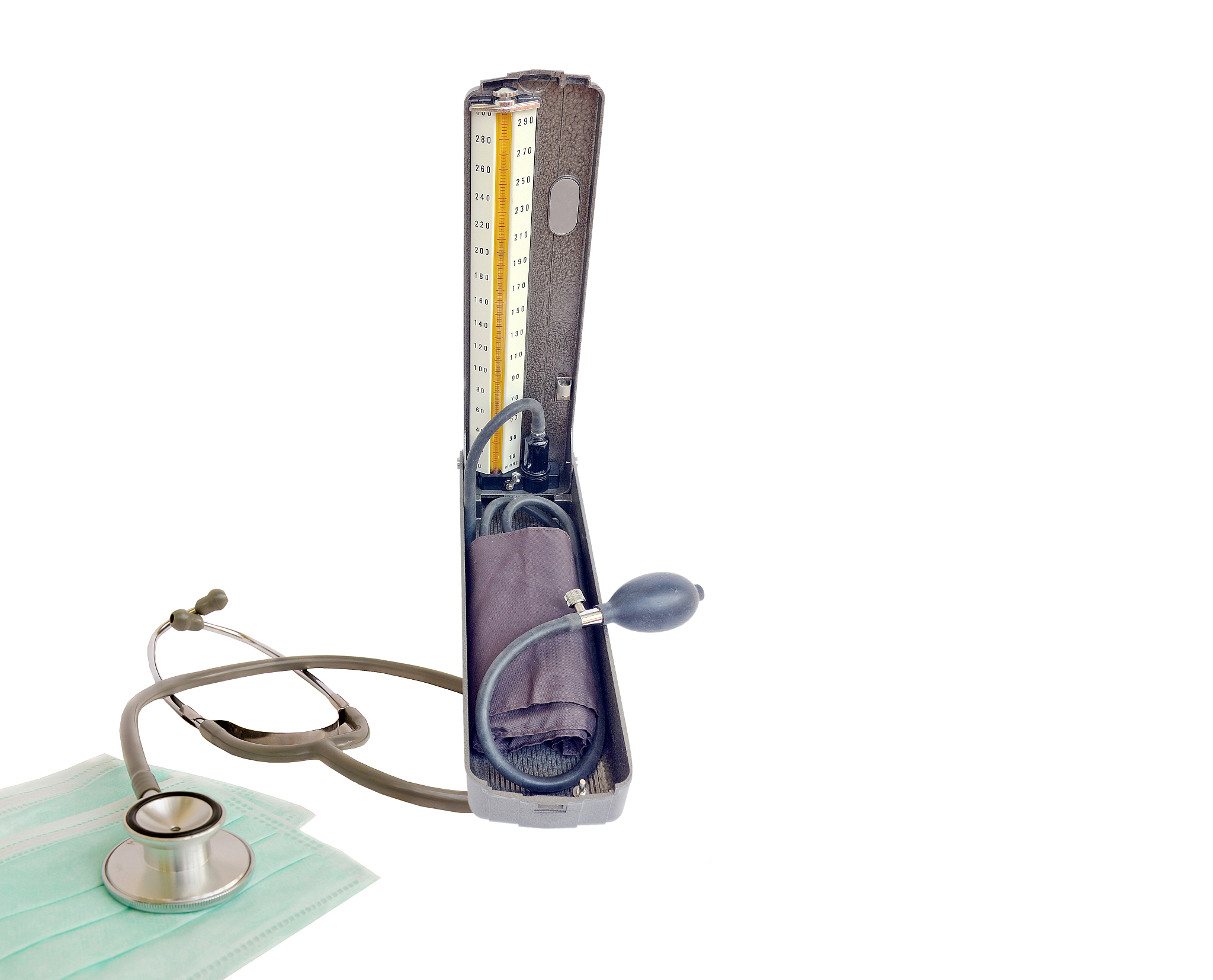Precision Air Tightness Tester: Design, Principle, and Applications
- \u003cb\u003eOverview\u003c/b\u003e\nOur company specializes in designing precision type air tightness testers for the air tightness testing of various medium pressure containers or workpieces, such as valves, engines, water tanks, fuel tanks, sealed workspaces, battery casings, etc. Users can select the working mode according to their needs, set the testing pressure value and testing time, and define the limits for pass and fail.\n\n2. \u003cb\u003eInstrument Testing Principle\u003c/b\u003e\nKailele Automation's air tightness testers can be categorized into two types based on the sensor type principle:\n\nA. \u003cb\u003eDirect Pressure (also known as Pressure Drop) Air Tightness Tester\u003c/b\u003e: The instrument pressurizes the product and observes the change in gas pressure. There are two situations:\n\n1) If the product itself has an inflation port, the instrument directly pressurizes the product, cuts off the gas source, and observes the change in gas pressure. If the pressure drops, it indicates that the product is leaking; if the pressure does not drop, it indicates that the product is not leaking.\n\n2) If the product does not have an inflation port, we use a volumetric direct pressure air tightness tester, which requires creating a sealing chamber of the same size and shape as the product. The instrument then pressurizes the space between the product and the mold, cuts off the gas source, and checks if there is a decrease in gas pressure. If the pressure drops, it indicates that the product is leaking; if the pressure does not drop, it indicates that the product is not leaking.

原文地址: https://www.cveoy.top/t/topic/pYzq 著作权归作者所有。请勿转载和采集!